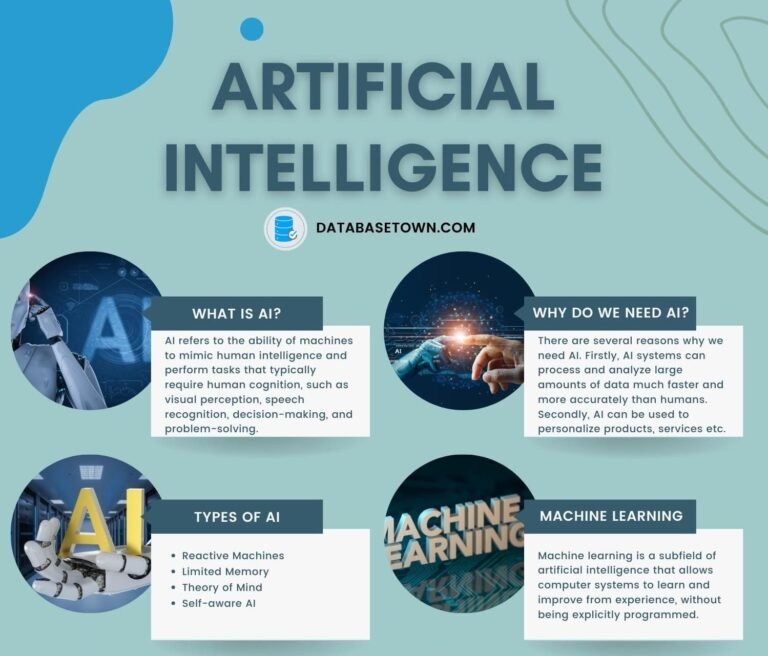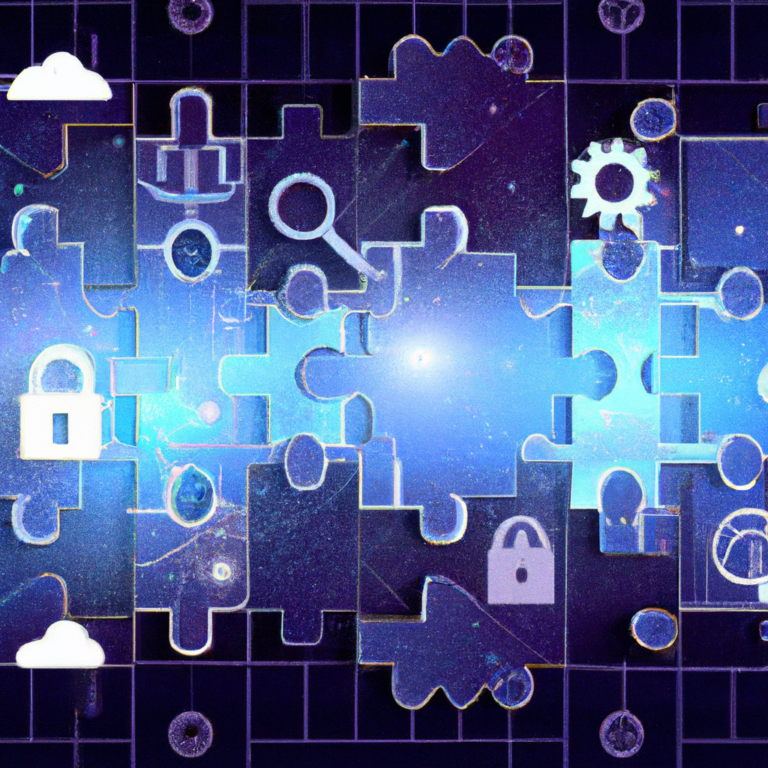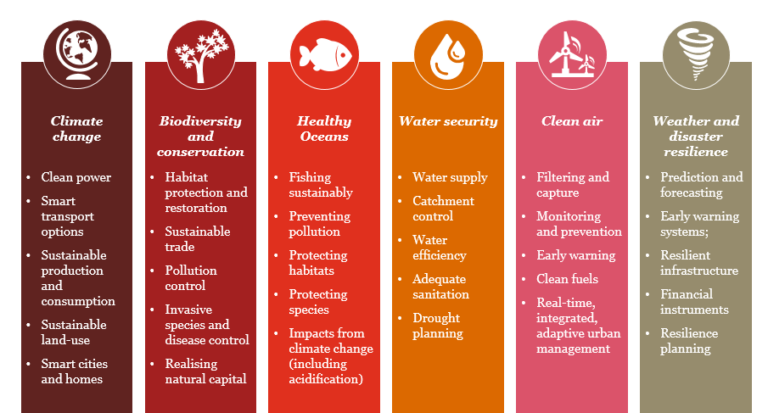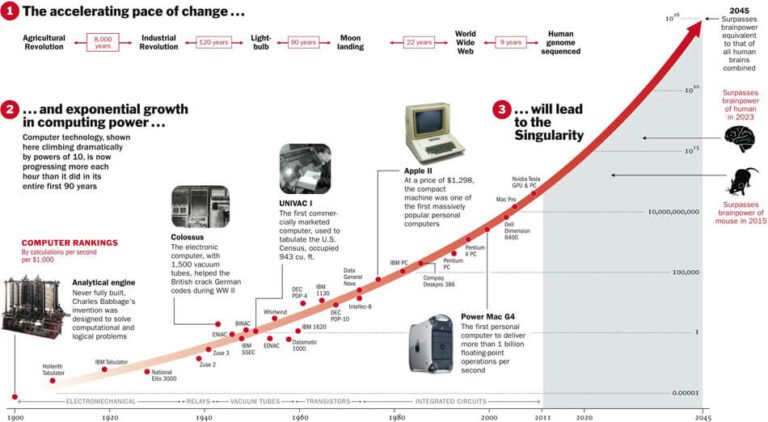Using AI In Schools, Pros And Cons

In the ever-advancing field of education, the integration of artificial intelligence (AI) has garnered both excitement and skepticism. AI’s potential to revolutionize the classroom experience and enhance learning opportunities is undeniable. However, concerns about data privacy, teacher-student relationships, and the impact on critical thinking skills have also surfaced. As we explore the pros and cons of incorporating AI in schools, it becomes evident that striking a balance and maximizing its potential is key for the future of education.
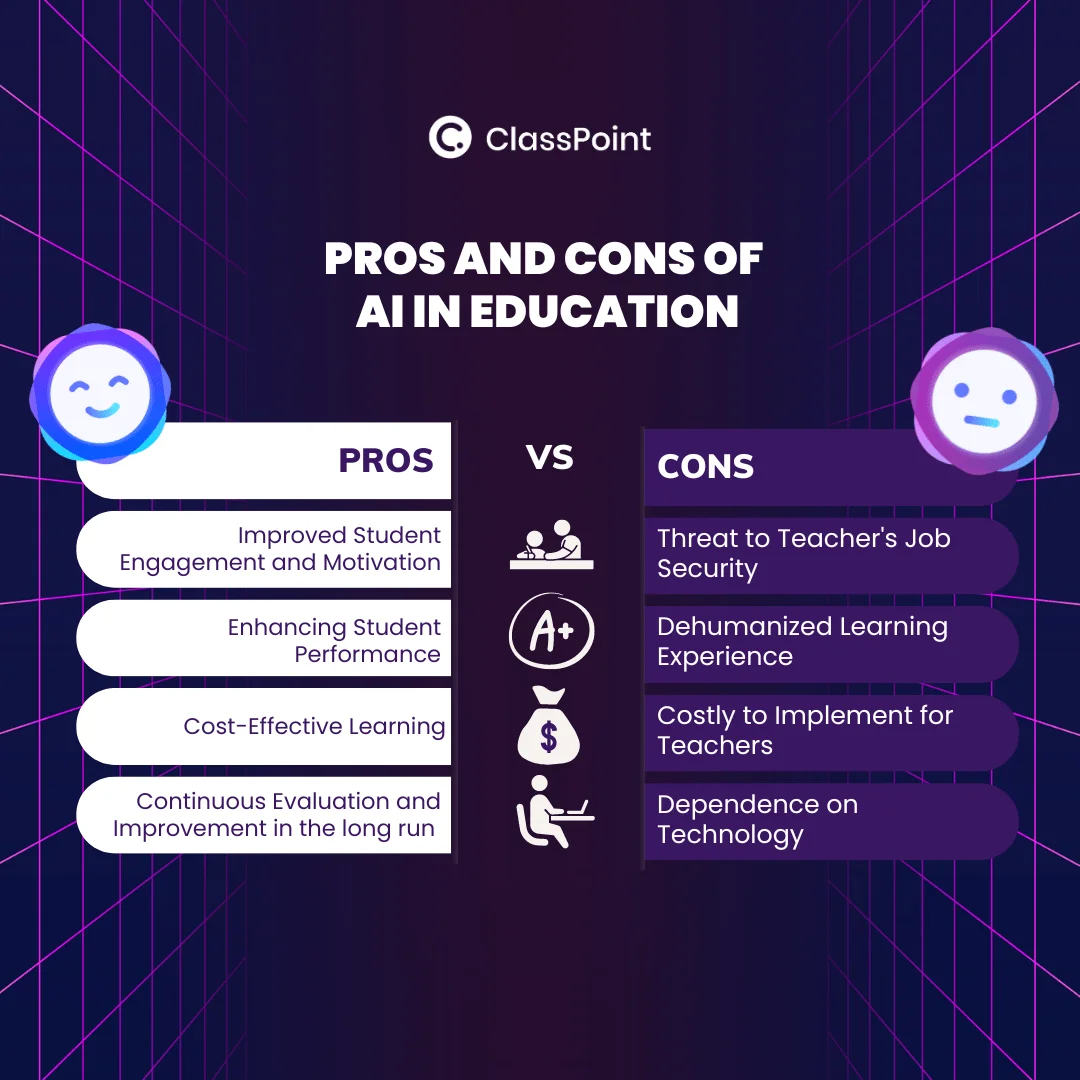
This image is property of blog.classpoint.io.
Benefits of AI in Schools
Enhanced Learning Experience
AI technologies can greatly enhance the learning experience for students in schools. By utilizing interactive and engaging learning methods, AI can make the learning process more exciting and enjoyable. Through virtual simulations and virtual reality experiences, students can immerse themselves in various subjects, bringing textbooks to life. This not only helps students to better understand concepts but also fosters a deeper interest in learning.
Personalized Education
One of the biggest advantages of incorporating AI in schools is the ability to provide personalized education to students. AI algorithms can analyze individual student data and tailor instruction to meet their specific needs. By identifying learning gaps and adapting teaching methods accordingly, AI can ensure that each student receives the support and guidance they need to excel academically. This personalized approach to education enhances student engagement and allows for more effective learning outcomes.
Improved Efficiency
AI can significantly improve the efficiency of various school processes, benefiting both students and teachers. By automating administrative tasks such as attendance tracking and scheduling, AI frees up valuable time for teachers to focus on instruction. Additionally, AI can streamline grading and assessment, providing prompt and accurate feedback to students. This not only reduces the workload of teachers but also allows for quicker identification of areas where students may need additional support.
Access to Educational Resources
AI technology provides students with access to a wealth of educational resources. Online libraries and information databases enable students to explore subjects in depth and expand their knowledge beyond what is covered in textbooks. Furthermore, Massive Open Online Courses (MOOCs) offer the opportunity to learn from experts in various fields, regardless of geographical location. AI also enables virtual field trips, allowing students to explore places and cultures they may not have the opportunity to visit in person. This access to educational resources expands the horizons of students and promotes lifelong learning.
Real-world Applications
AI prepares students for future jobs by exposing them to cutting-edge technologies. Through simulations and virtual reality experiences, students can gain practical skills and problem-solving abilities. This hands-on approach helps students to develop a deeper understanding of real-world applications of what they are learning in the classroom. By fostering critical thinking and creativity, AI empowers students to become innovative problem solvers, equipping them for success in the modern workforce.
Challenges of AI in Schools
Costs and Infrastructure
Implementing AI in schools requires significant investment in both hardware and software. Schools need to provide the necessary infrastructure, including computers, tablets, and high-speed internet connectivity. Additionally, they need to allocate funds for the procurement and maintenance of AI software and systems. This financial burden can be a challenge for many schools, especially those with limited resources.
Privacy and Data Security
The collection and use of student data raise concerns about privacy and data security. AI systems process and store large amounts of personal data, including academic records and behavioral patterns. It is crucial for schools to implement robust security measures to protect this information from data breaches and unauthorized access. Furthermore, the ethical use of student data must be ensured, with strict adherence to data protection laws and regulations.
Equity and Accessibility
AI in schools may exacerbate existing inequities in education. Not all schools have the resources to invest in AI technologies, leading to discrepancies in educational opportunities. It is important to ensure that AI tools and resources are accessible to all students, regardless of their socioeconomic background. Bridging the digital divide and promoting equal access to AI technology should be a priority to ensure fairness in education.
Teacher Training and Support
Teachers play a crucial role in integrating AI into the classroom effectively. However, not all teachers may possess the necessary skills and knowledge to utilize AI technology to its full potential. Providing comprehensive training and ongoing support for teachers is essential to ensure a smooth transition. Professional development programs should be implemented to equip teachers with the necessary skills to effectively integrate AI into their teaching practices.
Ethical Concerns
The increased reliance on AI in schools raises ethical concerns. Algorithmic bias and discrimination are potential risks, as AI systems’ decision-making processes can be influenced by biased data or algorithms. It is essential to thoroughly evaluate and monitor AI systems to ensure they do not perpetuate discriminatory practices. Moreover, the over-reliance and dependency on technology can lead to a decrease in human interaction, which is vital for social and emotional development.
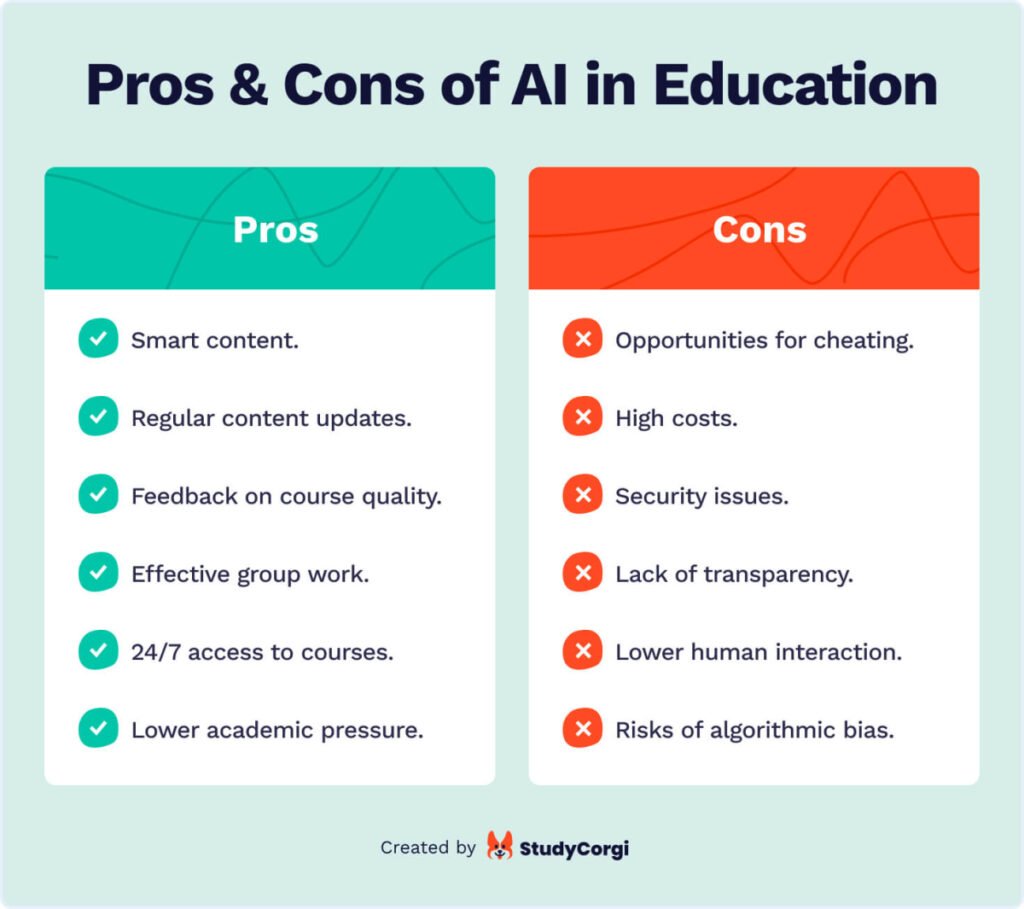
This image is property of studycorgi.com.
Enhanced Learning Experience
Interactive and Engaging Learning
AI brings interactivity and engagement to the learning process. Through gamification and interactive exercises, students can actively participate in their own learning. This hands-on approach not only captivates students’ attention but also enhances their understanding and retention of concepts.
Adaptive Learning
AI algorithms can adapt to each student’s learning pace and style. By assessing individual strengths and weaknesses, AI can provide personalized learning pathways tailored to each student’s needs. This adaptive learning approach ensures that students are neither overwhelmed nor left behind, maximizing their learning potential.
Virtual Assistants
Virtual assistants powered by AI technology can provide instant support to students. Whether answering questions or providing explanations, virtual assistants offer personalized assistance without requiring human intervention. This immediate access to help fosters student independence and promotes self-directed learning.
Automated Scoring and Feedback
AI can automate the scoring and feedback process, allowing for faster and more accurate assessment. This eliminates the need for manual grading and provides students with immediate feedback on their work. Prompt feedback enables students to identify areas for improvement and make necessary adjustments, accelerating their learning progress.
Personalized Education
Tailoring Instruction to Individual Needs
AI technology enables teachers to tailor instruction to the individual needs of each student. By analyzing student data, AI algorithms can identify specific areas where students may be struggling or excelling. This data-driven approach allows teachers to customize their teaching methods and adapt their lessons accordingly.
Identifying Learning Gaps
AI systems can identify learning gaps by analyzing student performance data. By pinpointing areas where students are struggling, teachers can intervene promptly and provide targeted support. This early intervention helps prevent learning gaps from widening and ensures that students receive the necessary assistance to succeed.
Scaffolding Learning
AI can provide scaffolding for students, offering support and guidance as they progress in their learning journey. By breaking down complex concepts into manageable steps, AI systems help students build a solid foundation before moving on to more advanced topics. This scaffolded approach facilitates student comprehension and mastery of subject matter.
Assessing Student Progress
AI technology can provide continuous and comprehensive assessment of student progress. By tracking student performance and analyzing data, AI systems can generate detailed reports on individual strengths and areas for improvement. This data-driven assessment enables teachers to make informed decisions about each student’s learning trajectory.
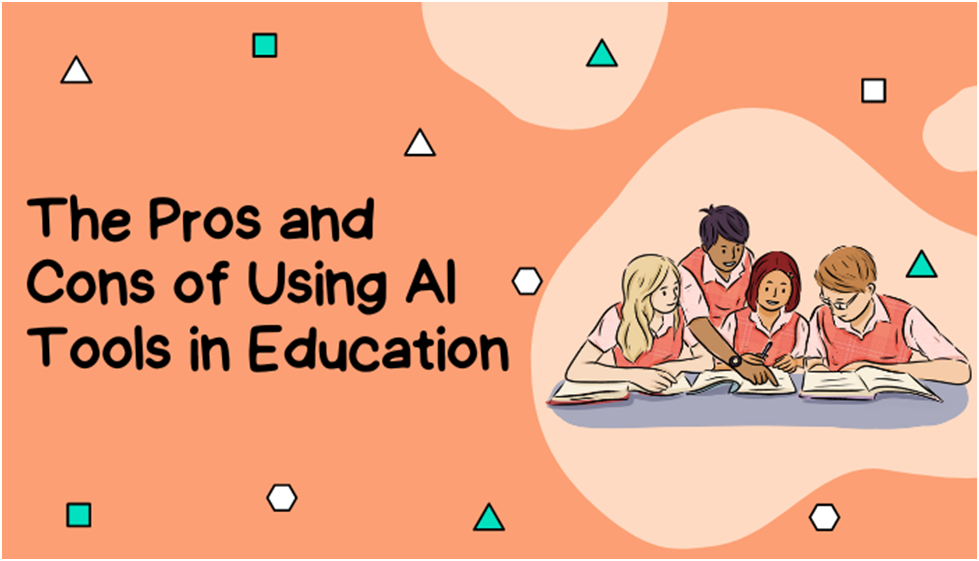
This image is property of www.oppnmedia.com.
Improved Efficiency
Automating Administrative Tasks
AI can automate mundane administrative tasks, such as taking attendance and scheduling. This automation saves valuable time for teachers and allows them to focus on instructional activities. By reducing administrative burdens, AI enhances teacher productivity and efficiency.
Streamlining Grading and Assessment
AI can streamline the grading and assessment process, making it faster and more efficient. By automatically scoring assignments and tests, AI eliminates the need for manual grading. This not only saves teachers time but also provides students with prompt feedback on their work.
Reducing Teacher Workload
By automating routine tasks, AI technology reduces the workload of teachers. Teachers can allocate more time to planning engaging lessons, providing individualized support to students, and fostering meaningful interactions. This reduced workload contributes to teacher well-being and job satisfaction.
Optimizing School Operations
AI can optimize various school operations, from resource allocation to student scheduling. By analyzing data and patterns, AI systems can identify areas for improvement and suggest strategies for optimization. This data-driven approach improves the overall efficiency and effectiveness of school operations.
Access to Educational Resources
Online Libraries and Information
AI technology allows students to access online libraries and vast collections of information. Through AI-powered search engines, students can find reliable sources and conduct comprehensive research. This access to a wealth of information enhances students’ learning experiences and supports their academic endeavors.
Massive Open Online Courses (MOOCs)
AI facilitates access to Massive Open Online Courses (MOOCs), which offer a wide range of learning opportunities. Students can enroll in courses from renowned universities and learn from experts in various fields. MOOCs provide flexibility in learning, allowing students to explore their interests and pursue knowledge outside of traditional curriculum boundaries.
Virtual Field Trips
AI enables virtual field trips, allowing students to visit historical sites, museums, and cultural landmarks virtually. This immersive experience brings the world to the classroom, enabling students to explore places they may not have the opportunity to visit in person. Virtual field trips foster curiosity, cultural understanding, and global awareness.
Remote Learning Opportunities
AI technology supports remote learning opportunities, especially in situations where in-person instruction is challenging. Virtual classrooms, video conferencing, and online collaboration tools enable students to engage in distance learning. This flexibility ensures continuity of education and provides students with access to learning even outside the traditional school setting.
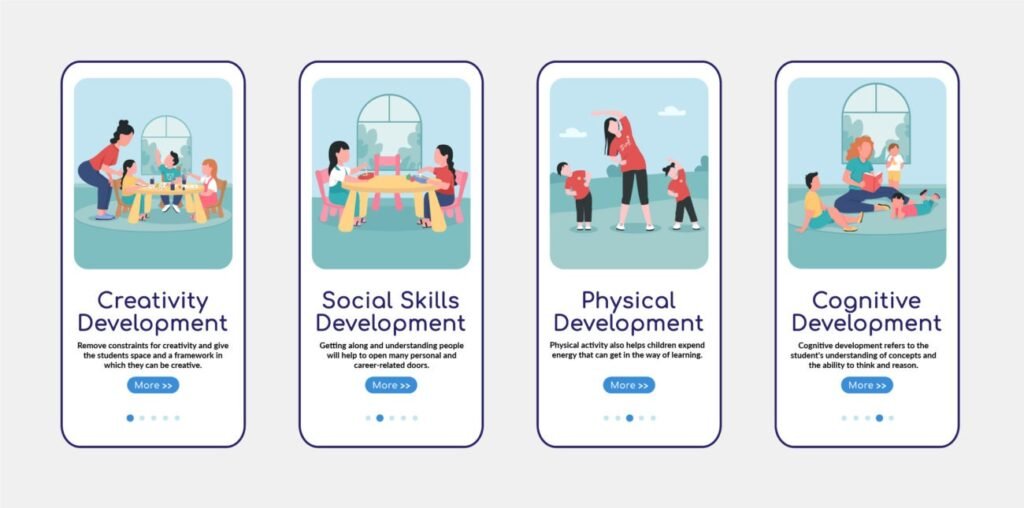
This image is property of livetilesglobal.com.
Real-world Applications
Preparing Students for Future Jobs
AI exposes students to cutting-edge technologies and prepares them for future jobs. By familiarizing students with AI systems and tools, schools equip them with crucial skills for the modern workforce. This exposure to real-world applications of AI fosters critical thinking, problem-solving abilities, and adaptability.
Exposure to Cutting-edge Technologies
AI in schools provides students with exposure to cutting-edge technologies. Students can learn to work with AI systems, algorithms, and intelligent machines. This hands-on experience develops their technological literacy and prepares them for the technology-driven future.
Promoting Problem-solving Skills
AI encourages students to develop problem-solving skills. By presenting real-world scenarios and challenges, AI systems require students to think critically and come up with innovative solutions. This nurtures creativity, analytical thinking, and resilience in students.
Simulations and Virtual Reality
AI enables simulations and virtual reality experiences, allowing students to immerse themselves in authentic learning environments. Whether conducting scientific experiments or exploring historical sites, simulations and virtual reality provide hands-on experiences that enhance understanding and retention of knowledge.
Want to write articles like us? Get your copy of AI WiseMind here!


